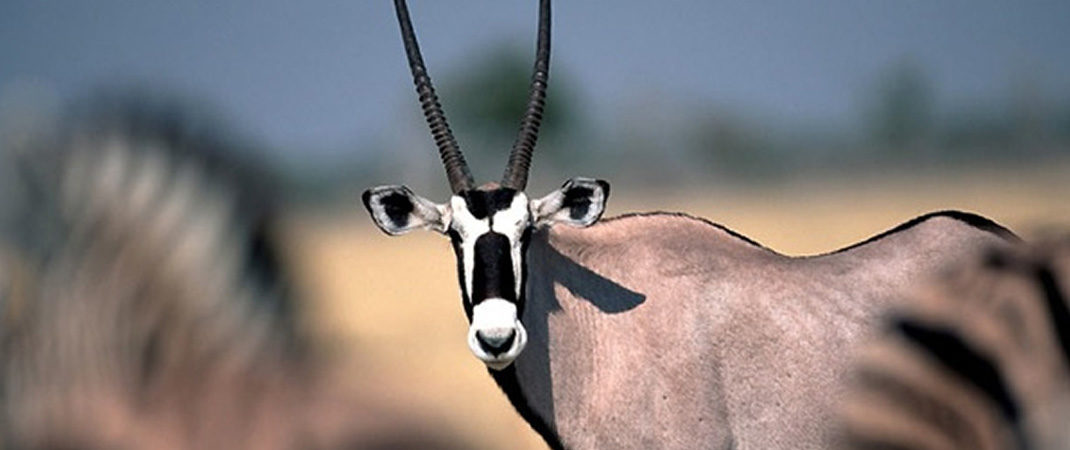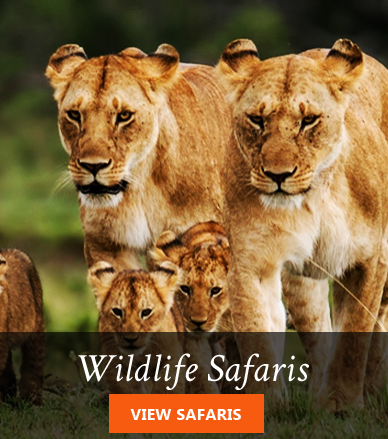Namibia – The Land of Spectacular Landscapes
Table of Contents
This vast arid country – 317,887 sq miles / 823,327 sq km – on the southern Atlantic ocean, Namibia has spectacular scenic attractions and great animal parks.
Exposed to the mercy of the elements, Namibia’s landscapes are not what you expect to find in Africa. Deserts, tortured rock, open plains and a bleak and eerie coastline that for much of the year is bathed in thick fog. The country is dominated by the brooding Namib Desert, a vast expanse of un-spoilt wilderness, where the world’s highest sand dunes march determinedly towards the sea in a dune field 300 km wide.
The Wildlife of Namibia
National reserves cover 13% of Namibia. Despite its hostile environment, Namibia is home to a wealth of African animals and birds – best seen at the shimmering white Etosha Pan. This is the last place on earth that the black rhino roam free, and it’s the only home of the desert elephant, and 25% of the world’s cheetah stalk the arid plains. The pan temporarily fills with water during the wetter summers, attracting breeding flamingos, pelicans, and other waterbirds.
Gravel tracks connect natural and pump-fed water hotels, where herds of animals come to drink in the dry months. The more common hoofed mammals include the springbok, blue wildebeest, gemsbok, red hartebeest, greater kudu, giraffe, steenbok, black-faced impala, and the Damara race of Kirk’s dik dik. These are joined by over 300 black rhinos and 1500 elephants, all well-protected. Lions, leopards, cheetah, black-backed jackals and cape foxes are the most visible predators at Etosha.
Namibia – People, Life and Culture
Namibia is one of the most sparsely populated countries in the world with only 1.8 million people occupying over 800,000 sq km. It is a land divided between old and new. While many still dwell in traditional homesteads, hunting and herding their livestock, the towns and cities are clean and modern, with a fully developed infrastructure. Windhoek is as sleek as any European city and the quirky seaside town of Swakopmund, with its pastel-coloured turrets, comes as a delightful surprise on the barren coast.
Namibia is better off than many other countries in the region, particularly because of its diamond wealth. The government is forward thinking and efficient, health and education standards are far higher than in neighbouring countries, and there have been some very successful conservation projects in recent years.
Namibia Travel and Safari Attractions.
Namibia has more to offer than you could ever see on one trip. There is a staggering and ever-expanding array of destinations, activities, sightseeing and experiences, and it is becoming an increasingly accessible place to visit. Namibia’s greatest attraction is the magnificent natural beauty not only of its game reserves and national parks, but also its remote and beautiful deserts and gravel plains. The towns too are worth a visit for the excellent shops and restaurants, and the opportunity to learn about some of Namibia’s colonial history on display in the museums and reflected in the architecture.
Adventure junkies will be well rewarded with the numerous adrenalin activities on offer such as sand boarding. Whatever your interests, the opportunities to enjoy the wild beauty of this empty, ancient land are almost limitless.
Best Time to Visit Namibia
There are generally 3 seasons:
Cool and dry season from April through August
Hot and dry season from September through November
Hot and wet season from December through March
Most visitors come between March and October. The coast is very arid with less than 100mm of annual rainfall. Much of the interior highlands get between 100mm – 500mm, while the northeast receives more than 500mm annually.



